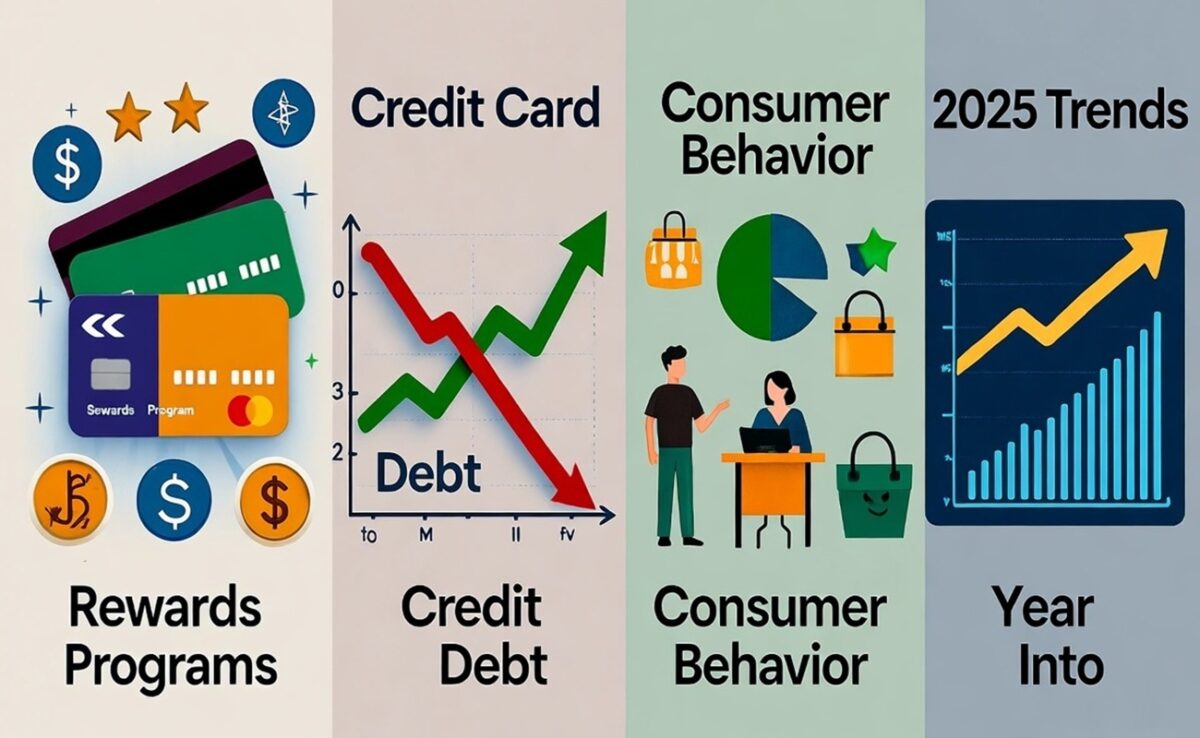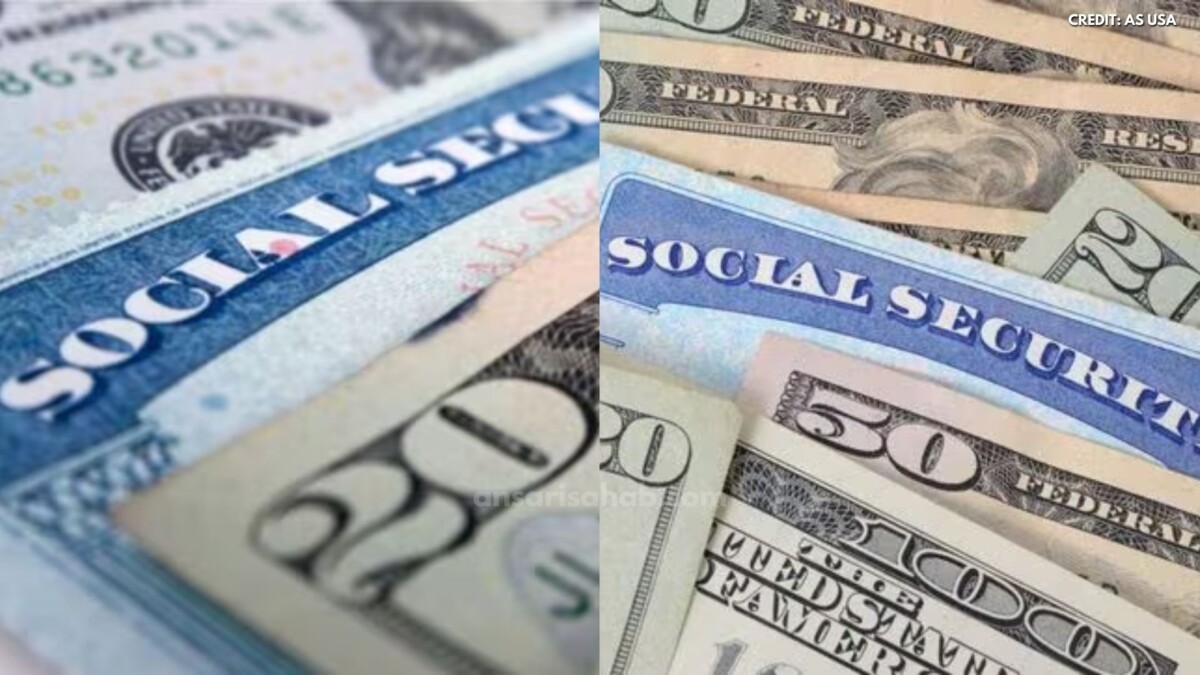U.S. card usage is surging in 2025 as issuers lean into richer welcome offers and targeted rewards—even while interest costs and delinquencies climb. Household debt hit a fresh high this year and card APRs remain elevated, reshaping how Americans spend, borrow, and redeem points. According to the New York Fed, total household balances reached about $18.39 trillion in Q2 2025, with revolving credit (mainly credit cards) a notable contributor.
Rewards heat up while borrowing costs stay high
The same forces making US credit cards are trending—competition for new customers, aggressive co-brand launches, and lifestyle perks—coexist with the most expensive borrowing environment in years. Average card APRs for all accounts were about 21.39% in Q3 2025, with even higher rates on accounts that carry a balance, LendingTree data show. For new-card offers, average advertised APRs were higher still. That means a growing slice of each dollar revolved goes to interest, not principal, even as cardholders chase sign-up bonuses and category cash back.
Issuers, for their part, have sharpened segmentation—personalized categories, merchant-funded offers, and co-brands tied to travel, groceries, and fuel—keeping cards front-of-wallet. This helps explain why US credit cards are trending despite headwinds: rewards continue to feel immediate and useful, while the true cost of carrying a balance is spread over months.
Debt, delinquencies and the macro backdrop
Behind the marketing is a more cautious credit picture. The Federal Reserve’s April 2025 Financial Stability Report notes that credit card delinquencies are above pre-pandemic levels, particularly among nonprime borrowers. FRED data place the delinquency rate for all commercial banks near 3% in Q2 2025, a reminder that pockets of stress are rising as household budgets absorb inflation and higher rates.
The New York Fed’s Household Debt and Credit report shows overall balances continued to climb through mid-2025, with card lines a key driver alongside mortgages and autos. Industry summaries of the same data flagged a $27 billion quarterly jump in credit card debt earlier in the year—evidence that revolving credit remains a go-to buffer for expenses. For consumers who revolve, today’s APRs multiply the cost of that buffer.
What customers say: satisfaction vs. friction
If US credit cards are trending for sign-ups and spend, how are cardholders feeling? J.D. Power’s 2025 U.S. Credit Card Satisfaction Study found overall satisfaction essentially flat year over year—611 on a 1,000-point scale—as surcharges, rewards complexity, and financial strain offset product improvements. Industry coverage of the report highlights that financially healthier customers score cards higher, while those facing debt burdens report more frustration with fees and unclear value.
The split suggests a tale of two cardholders: transactors who pay in full continue to optimize rewards and perks, and revolvers who carry balances feel the pinch of compounding interest and fees. At the system level, the Fed warns that nonprime borrowers remain more vulnerable to payment shocks.
Why 2025 is different: three structural shifts
1) High-rate stickiness. Even as broader rate expectations evolve, card APRs have stayed elevated relative to funding costs. Research and industry trackers show the spread between card rates and benchmarks remains wide, keeping the cost of revolving stubbornly high. That dynamic is a key reason US credit cards are trending for spending but riskier for borrowing.
2) Rewards arms race. Co-brands and issuer ecosystems (airlines, hotels, retailers) continue to roll out targeted bonuses. For engaged users, the effective rebate from points, credits, and merchant offers can be meaningful—especially on travel and dining. But the value often hinges on careful category alignment and consistent on-time repayment to avoid interest charges that erase gains. Findings from the J.D. Power study underscore how confusion about rewards reduces perceived value.
3) Uneven consumer health. Macro indicators show most household debt sits with borrowers who can service it, yet delinquencies on cards have risen above pre-pandemic norms among nonprime households. That unevenness helps explain simultaneous growth in card usage and rising late payments.
What it means for consumers
For readers deciding whether and how to use cards in 2025, a few practical implications stand out:
- Rewards are real—but so is math. Welcome offers and 3%–5% category boosts can offset costs for transactors. For anyone carrying balances, average APRs above 21% quickly surpass typical rewards value. Prioritize paying in full; if that’s not feasible, direct extra funds to the highest-APR balance first. (According to LendingTree’s rate analysis, rates in 2025 remain historically high.)
- Expect more personalization. Issuers are steering users into app-based activations, rotating categories, and merchant offers. This can lift net value for engaged customers, but it also adds complexity that some cardholders say reduces satisfaction, J.D. Power reported.
- Watch credit health signals. With delinquencies edging up, missed payments risk snowballing via penalty APRs and fees. The Fed’s stability report flags heightened stress among nonprime borrowers—a reminder to set up autopay for at least the statement minimum and maintain utilization below 30% to protect scores.
- Consider alternatives for revolving. If you need time to pay, a 0% intro APR balance transfer (net of fees) or a fixed-rate personal loan can reduce interest costs versus a standard card APR. That calculus depends on credit profile and fees, but the spread in 2025 often favors refinancing over revolving on a rewards card. (Rate context: average APRs for new offers tracked in 2025 sit in the mid-20s.)
Conclusion
US credit cards are trending in 2025 because issuers have made them compelling day-to-day payment tools—layering rewards, protections, and digital convenience. But the trend rides alongside historically high borrowing costs and a gradual rise in delinquencies, particularly among consumers with thinner or stressed credit files. For households that pay in full, the ecosystem remains rewarding. For those who revolve, elevated APRs make today’s card debt more expensive, faster.
In a year when overall household debt set new records and average card APRs stayed above 21%, the smartest strategy is selective enthusiasm: lean into rewards that fit your spending, simplify your wallet to the few cards that deliver clear value, and avoid carrying balances that convert perks into expensive interest. As the Fed’s April 2025 report and the New York Fed’s debt data both suggest, the health of the card market will increasingly hinge on whether rising usage is matched by sustainable repayment habits.









